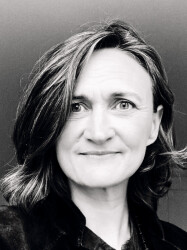BibTex format
@article{David:2023:10.2196/43777,
author = {David, MCB and Kolanko, M and Del, Giovane M and Lai, H and True, J and Beal, E and Li, LM and Nilforooshan, R and Barnaghi, P and Malhotra, PA and Rostill, H and Wingfield, D and Wilson, D and Daniels, S and Sharp, DJ and Scott, G},
doi = {10.2196/43777},
journal = {JMIR Aging},
pages = {1--14},
title = {Remote monitoring of physiology in people living with dementia: an observational cohort study},
url = {http://dx.doi.org/10.2196/43777},
volume = {6},
year = {2023}
}

